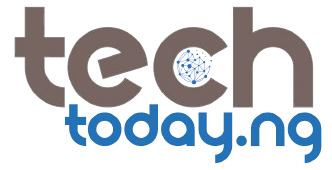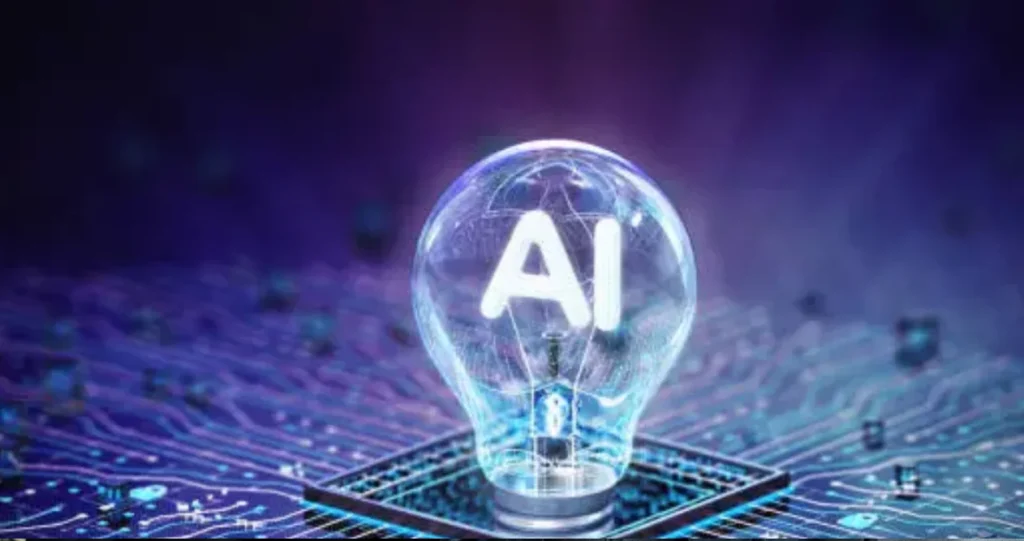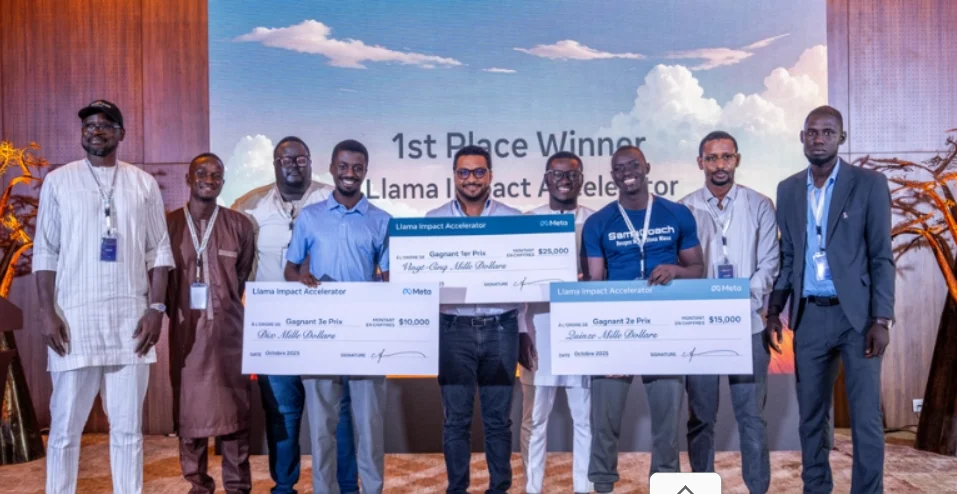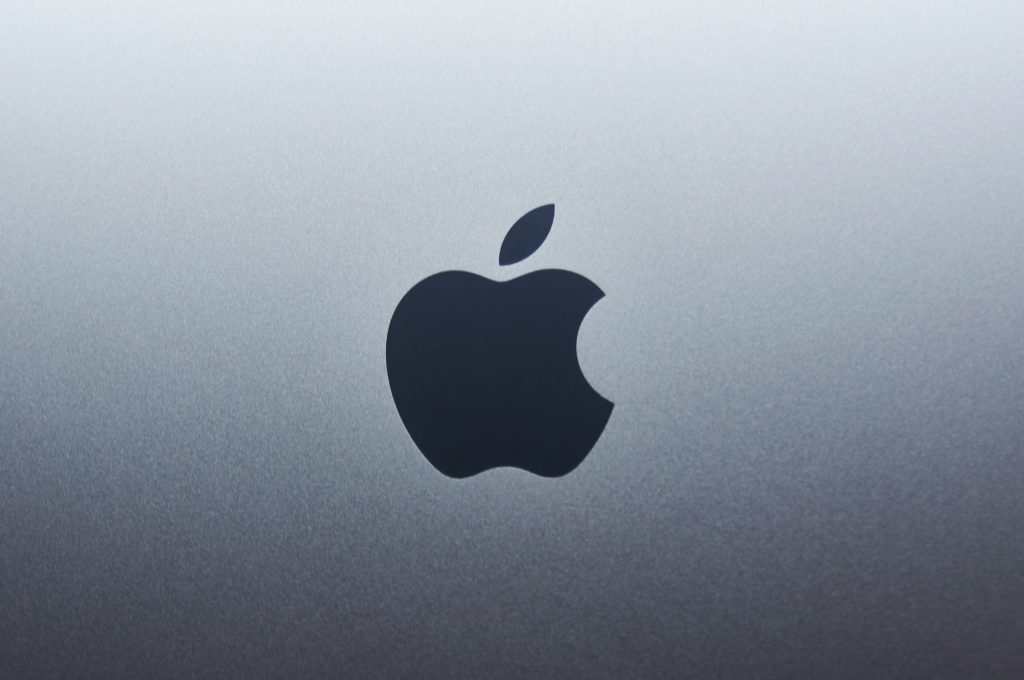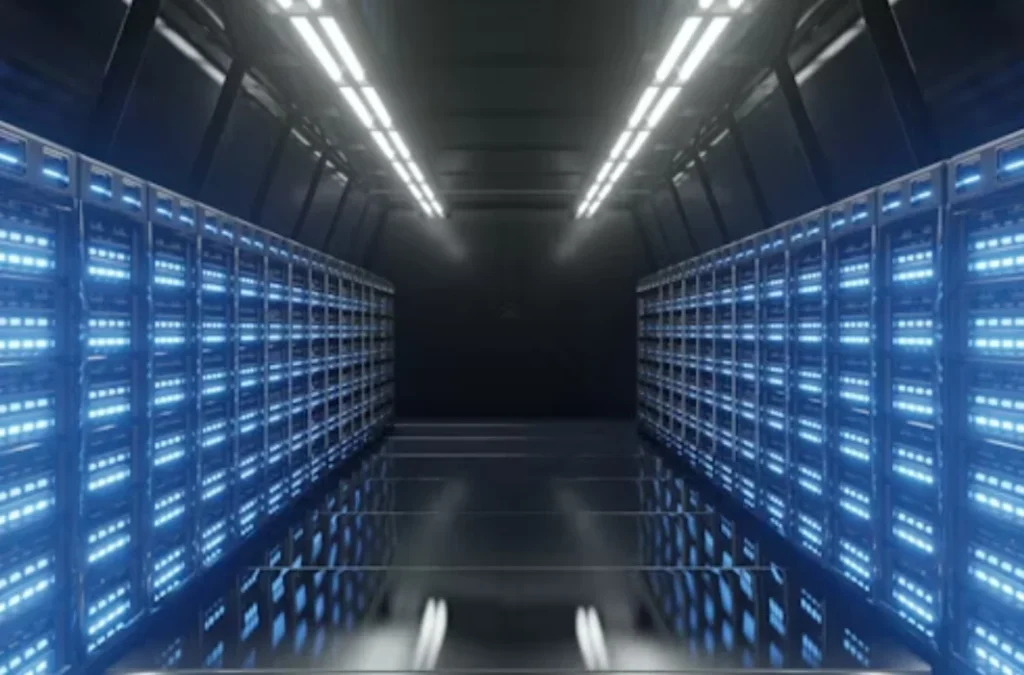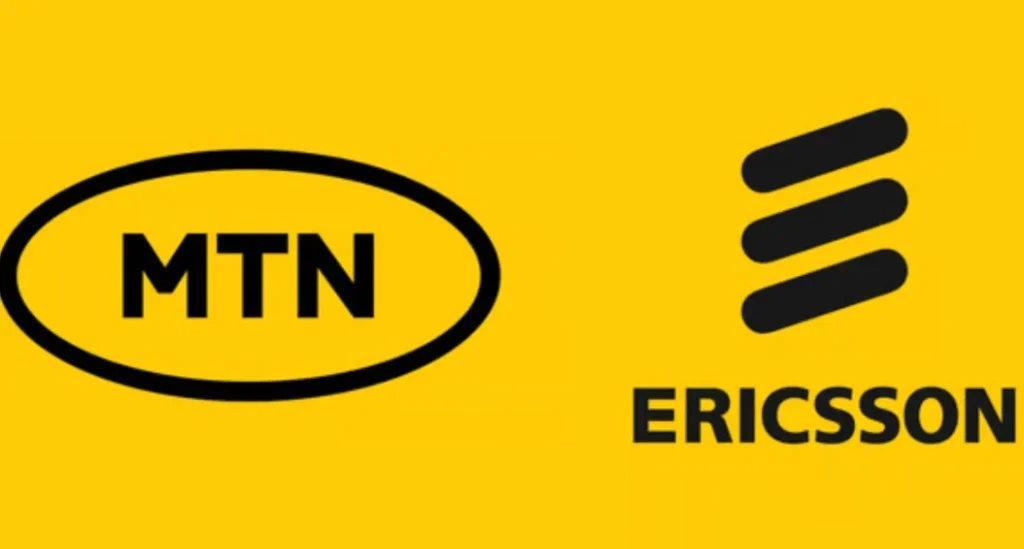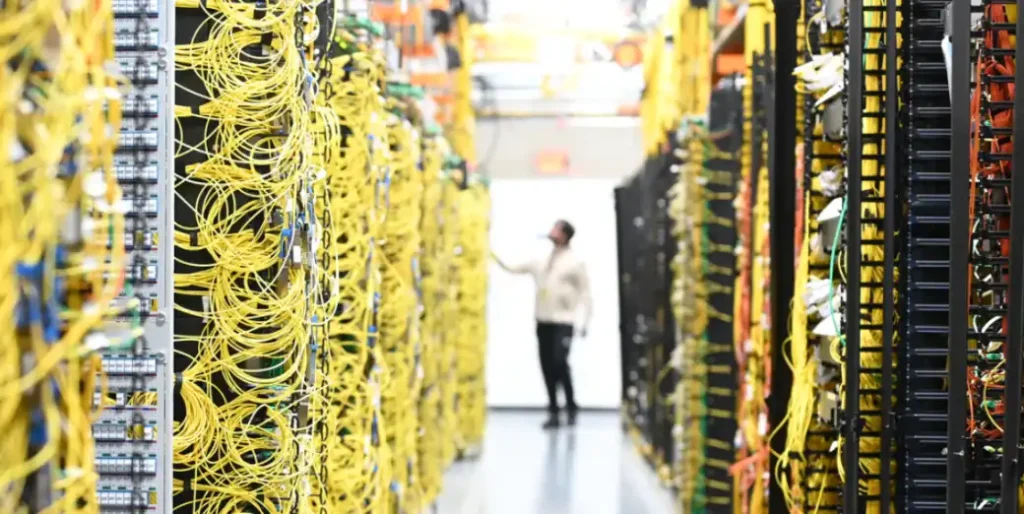Dubai Unveils World’s First Human–Machine Content Classification System to Boost AI Transparency
Dubai, a global innovation leader, has officially launched the world’s first Human–Machine Content Classification System, designed to bring transparency to how content is created in an era of generative AI and intelligent automation. The system was approved by His Highness Sheikh Hamdan bin Mohammed bin Rashid Al Maktoum, Crown Prince of Dubai, Deputy Prime Minister, Minister of Defence, and Chairman of the Board of Trustees of the Dubai Future Foundation (DFF).
This revolutionary framework, called the Human–Machine Collaboration (HMC) system, defines the role of intelligent machines in the creation of creative, academic, scientific, and intellectual content. “Distinguishing between human creativity and artificial intelligence has become a real challenge. This classification system brings transparency to how research, publications, and content are created.” – HH Sheikh Hamdan bin Mohammed bin Rashid Al Maktoum
A Call for Global Adoption of Human–Machine Collaboration Icons
In his announcement, Sheikh Hamdan encouraged researchers, writers, publishers, designers, and content creators worldwide to adopt the HMC classification system. He also directed all Dubai Government entities to implement the classification in their research and knowledge-based efforts.
The system is designed to be flexible, globally adoptable, and functional across industries, including publishing, education, design, journalism, and scientific research.
What Is the Human–Machine Classification System?
Developed by the Dubai Future Foundation, the HMC system is a visual icon-based framework that reveals the degree of human vs machine involvement in content creation. It empowers content consumers, researchers, readers, and decision-makers to better understand the origin and authenticity of digital materials, including those created using AI tools, algorithms, automated systems, and robotics.
The Five Core Classifications in the HMC System
The system introduces five main classification icons to indicate the level of AI involvement:
- All Human – Content fully produced by a human with no machine assistance.
- Human-led – Human-generated content enhanced or corrected by machines.
- Machine Assisted – Collaborative effort between human and machine throughout creation.
- Machine-led – AI-driven content with human review for accuracy and quality.
- All Machine – Content fully generated by AI or automated systems without human input.
Nine Functional Sub-Classifications by Role
To offer deeper insight into the collaboration process, the system includes nine functional icons that classify which part of the workflow involves AI:
- Ideation
- Literature Review
- Data Collection
- Data Analysis
- Data Interpretation
- Writing
- Translation
- Visuals
- Design
These icons allow content creators to transparently disclose which parts of their work involved intelligent systems, even though the system does not require specifying the exact percentage of AI contribution.
Why This System Matters in Today’s AI-Driven World
As AI-generated content becomes widespread, the lines between human-authored and machine-generated outputs are increasingly blurred. The Human–Machine Collaboration System is Dubai’s strategic response to this challenge, creating an ethical, globally accepted standard for content transparency.
This is especially vital for sectors like:
- Academic research and publishing
- Creative writing and journalism
- Education and e-learning
- Scientific data analysis
- Digital design and multimedia production
By adopting this framework, Dubai aims to lead global efforts in building trustworthy AI ecosystems and enhancing digital accountability.
Looking Ahead: Dubai’s Commitment to Future Governance
The launch of the Human–Machine Collaboration classification system reflects Dubai’s future-forward governance model. By taking a global lead in AI ethics, transparency, and digital responsibility, the city cements its reputation as a global hub for innovation and responsible technology development.
Dubai’s initiative sets a new benchmark for how the public, private, and academic sectors can coexist with intelligent systems, while preserving human creativity, judgment, and values.
